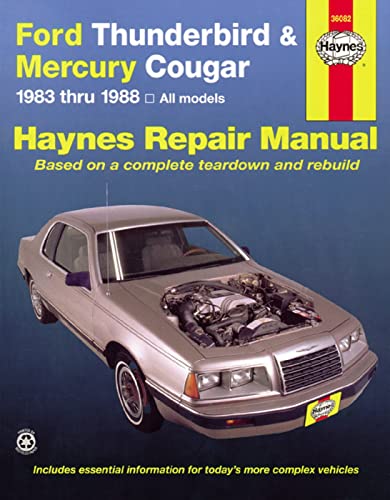| Construction Rating: | starstarstarstarstar_border |
| Flight Rating: | starstarstarstarstar |
| Overall Rating: | starstarstarstarstar_border |
| Manufacturer: | Mercury Engineering  |

Brief:
A simple mid-power 3 fin, 29mm MMT, stubby rocket. I believe this rocket is meant for those "graduating"
from the Estes low power and want the next step up in materials and capabilities. My 9-year old daughter chose this as
a birthday present and as her first mid-power rocket. She loves the thing so darned much I cannot get her to fly it a
second time!
Construction:
Everything is one step up from low power materials but not exactly a high-power kit (although it could probably take
an H128). Tube is cardboard, fins are light plywood, plastic nosecone, and the motor mount consists of light plywood
centering rings and a cardboard tube. The cardboard tubes are not the Estes glassine type, but closer to LOC without
being as heavy/strong. There are two shock cords. one is a Kevlar®
cord (~18") that attaches to the main motor mount, and the other an elastic cord (~3') that attaches to the
Kevlar®
cord. We built our GD stock, but if I were to change anything it would be to make the recovery harness stronger and
less zipper prone with a nylon 1/8" line.
Construction was honestly very easy. This was my daughter's first mid-power rocket kit. We used Titebond III and CA only--no epoxy needed in my opinion. The manual was easy for her to follow and had a logical progression. There were no problems at all during the build. The fit of the materials was excellent with very little to no sanding required to make things fit just right. There are fin slot boxes on the tube that must be cut out with a sharp knife. This was easily done as the tube is not high power tube thick. The fins were reassuringly strong (as compared to balsa) due to the through the wall mounting and light plywood material.
 The nosecone comes with clay that is smashed into the tip for proper weight and balance. I added an
extra ounce of fishing weights and used PML foam to hold it all in place. This was probably not needed, it's just extra
stability insurance after reviewing RockSim. This was an easy kit for anyone who has built a couple low power kits. No
special skills or techniques needed.
The nosecone comes with clay that is smashed into the tip for proper weight and balance. I added an
extra ounce of fishing weights and used PML foam to hold it all in place. This was probably not needed, it's just extra
stability insurance after reviewing RockSim. This was an easy kit for anyone who has built a couple low power kits. No
special skills or techniques needed.
Finishing:
The fins were shaped, filled, and sanded before assembly and did not show wood grain after a couple coats of
primer/paint. The decals are not that great, being the peel and stick kind. After one flight, the decals were peeling
up at the edges. I would much prefer waterslide or vinyl decals myself, but this is a relatively inexpensive kit. The
nosecone required a normal amount of sanding to make it smooth. The stock paint scheme was easily copied and looks
fantastic with the included decals. From a couple feet away you cannot tell the decals are peel and stick.
Construction Rating: 4 out of 5
Flight:
The first flight was on an Aerotech E23-5T, which was a perfect match for this rocket. Through a RockSim validation,
I found the D12 and E9 Estes motors to be OK to marginal for use in wind, so I went with the friction fitted 29/40-120
AT motor. Friction fitting is not a technique I am fond of in anything other than low power, but it was done very
easily with a couple 4" lengths of masking tape. The boost was arrow straight, quick, and ejected right at apogee
without a problem.
Recovery:
The included chute is a nice reinforced nylon one. It's a definite step up or two from the junky plastic, low power
chutes. There was no zipper or no nosecone ding from the elastic--it was long enough--no problems at all. The descent
rate seemed just right with the stock chute, not too fast and not too slow.
Flight Rating: 5 out of 5
Summary:
This is a very nice and versatile rocket for those wanting more than a low power kit and wanting to get into solid
mid-power. There were no surprises in construction. The materials were very good (except for the decals), and I would
think this a fantastic first mid-power kit. It's simpler than the AeroTech kits, not as heavy and with better
instructions than the LOC mid-power kits, and is relatively inexpensive. Overall, it's a winner of a kit.
Overall Rating: 4 out of 5
 |
 |
Flights
 |
 |
A.T. (March 6, 2009)
Sponsored Ads
 |
 |












J.L. (September 15, 2008)